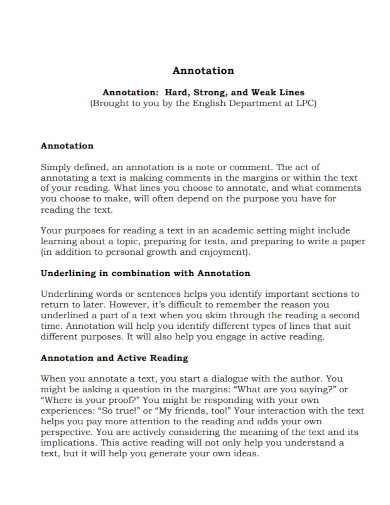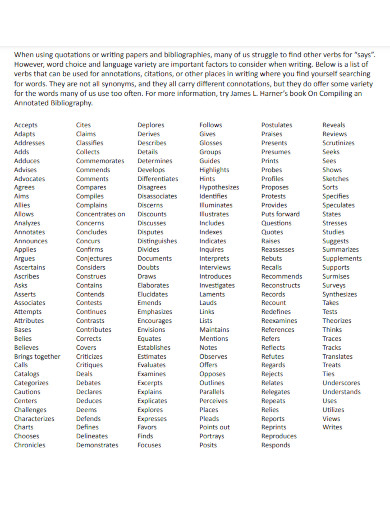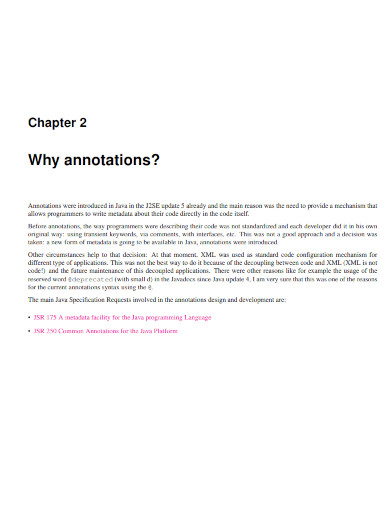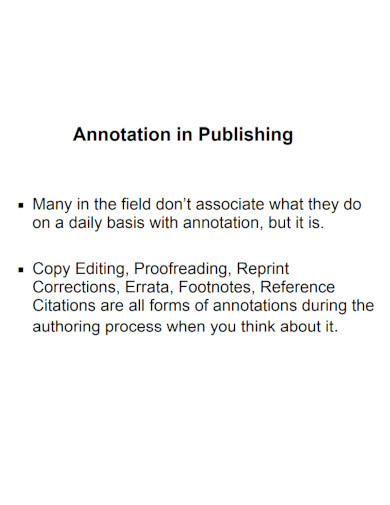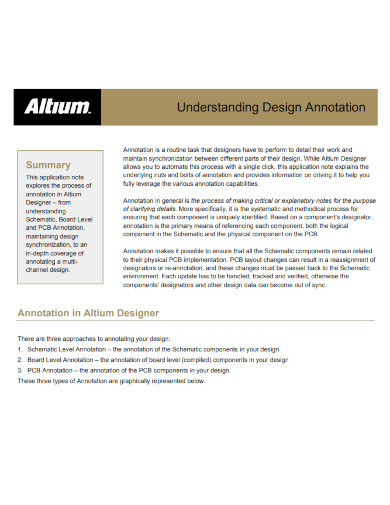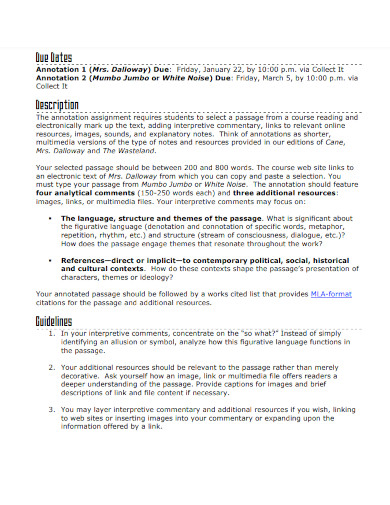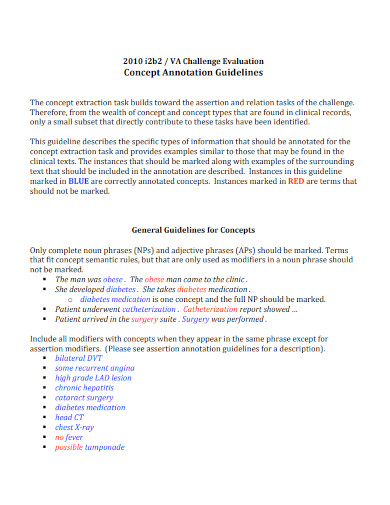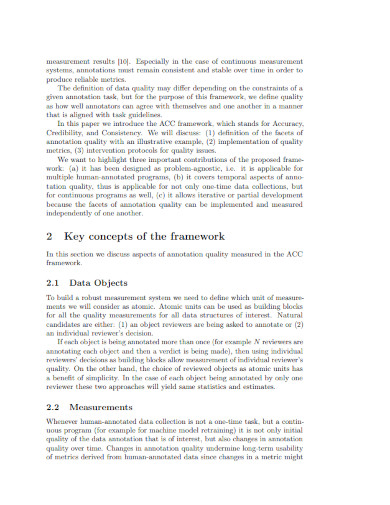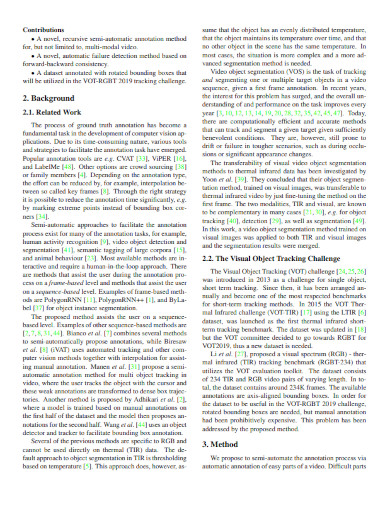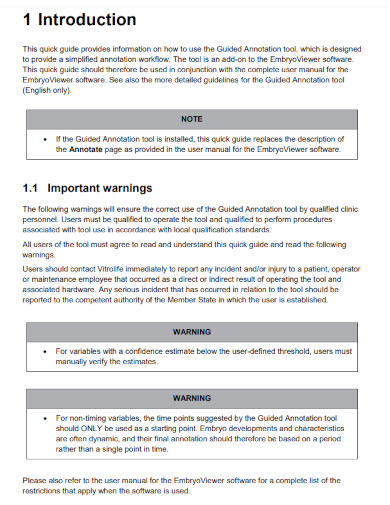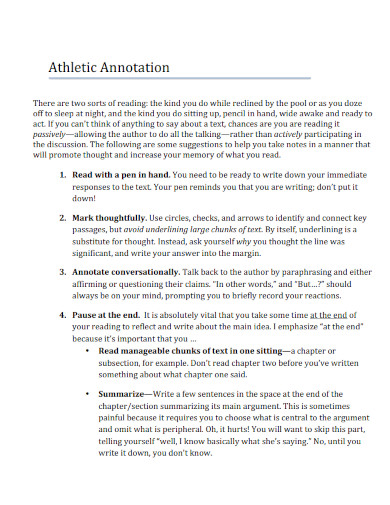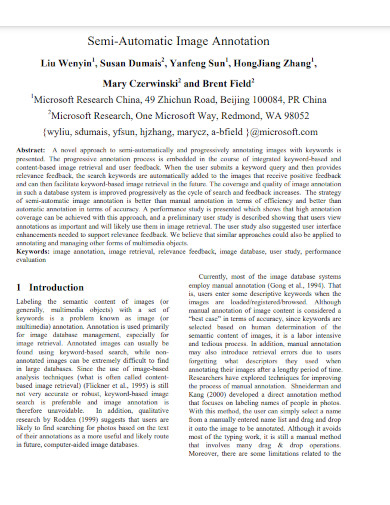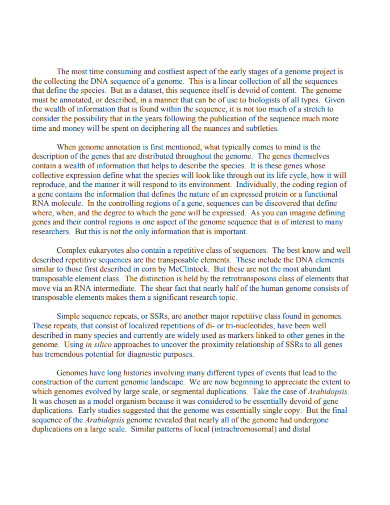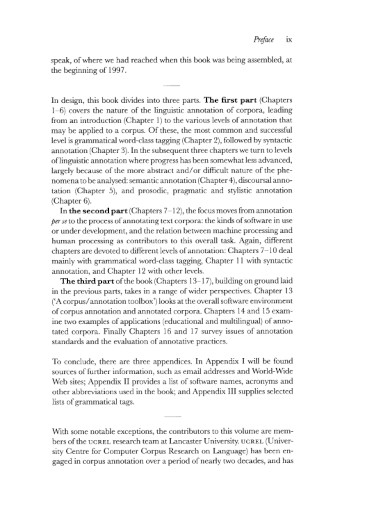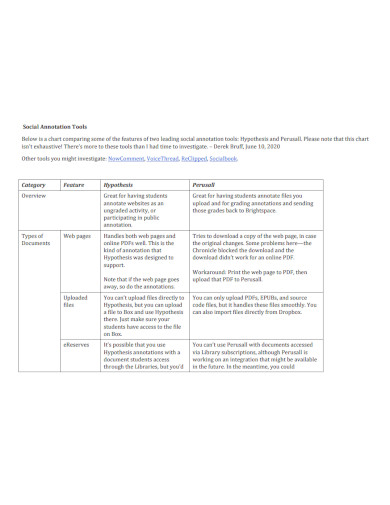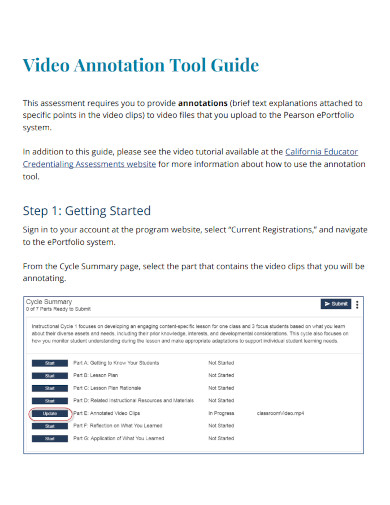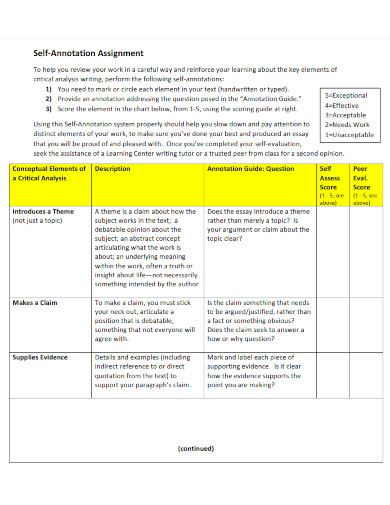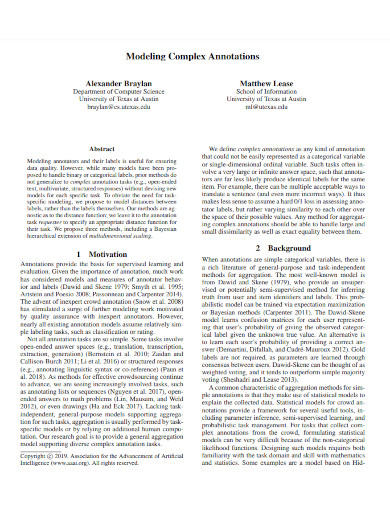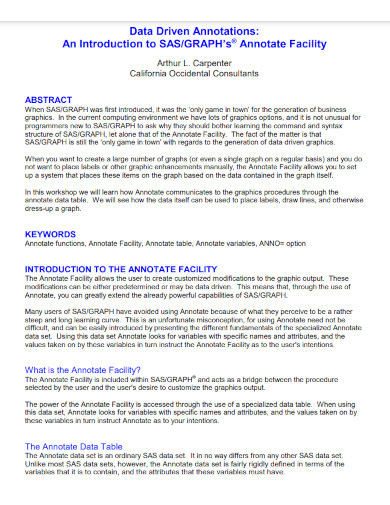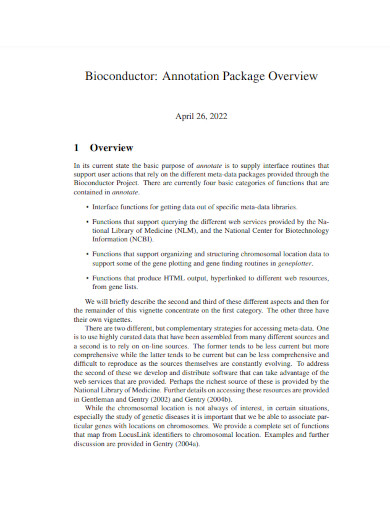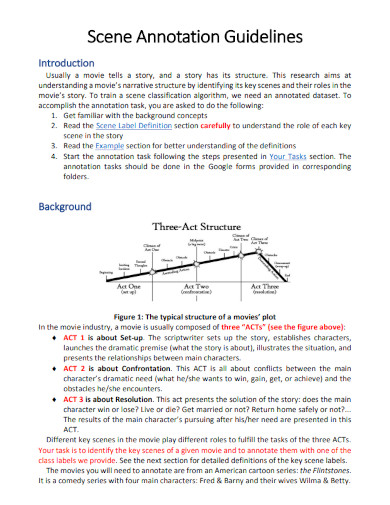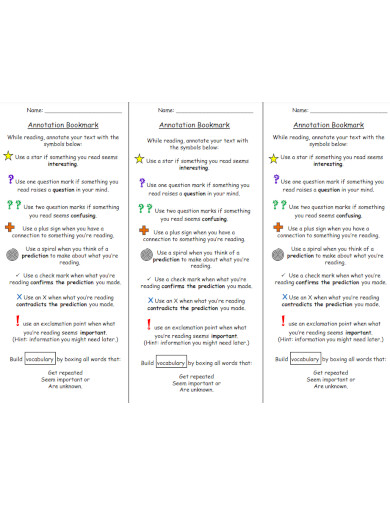23+ Annotation Examples
If you want to work in academia, graduate school is the optimum time to start developing your teaching philosophies. The sooner you begin to consider your teaching stance, the simpler it will be to articulate a position when necessary.
1. Annotation Template
2. Overview of Annotation Creation
3. Annotation Verbs
4. Java Annotations Tutorial
5. Annotation in a Publishing Context
6. Understanding Design Annotation
7. Annotation Assignment and Guidelines
8. Concept Annotation Guidelines
9. Annotation and Evaluation
10. Annotation Quality Framework
11. Semi-automatic Annotation
12. Annotation Guide Template
13. Athletic Annotation Template
14. Semi-Automatic Image Annotation
15. Genome Annotation Template
16. Corpus Annotation Template
17. Social Annotation Tools
18. Video Annotation Tool Guide
19. Self-Annotation Assignment
20. Modeling Complex Annotations
21. Data-Driven Annotations
22. Annotation Package Overview
23. Scene Annotation Guidelines
24. Annotation Bookmark Template
What Is a Teaching Philosophy
A written representation of your values, objectives, and views surrounding teaching and learning is known as a teaching philosophy statement. There are article links above that will help you further your understanding of teaching philosophy good reads include Writing Teaching Philosophy Statements, Writing Teaching Philosophy, and Developing Teaching Philosophy and Statement Guide.
How to Write Your Teaching Philosophy
A well-written teaching philosophy can serve as the sole reference for the teacher’s actions, plans, goals, and intentions. If you need a teaching philosophy template for reference you may use any of the following teaching philosophy samples, and other examples of teaching statements.
1.) Research Various Philosophies of Other People
Begin by researching the other teaching philosophies of other people. This research will provide you with a point of reference you can use to model your teaching philosophy.
2.) Outline the Teaching Philosophy
Outline your future teaching philosophy, this will allow you to create a structure for your teaching philosophy. The content of the teaching philosophy should only reach 1 to 2 pages and should be properly researched.
3.) Write Out a Specific Objective
Begin by writing out a very specific objective that incorporates the reason why you are teaching and what you want to achieve by teaching other people. This objective should also indicate your learning objectives as a teacher and the various weaknesses you want to address for yourself.
4.) Create a Small Comprehensive List of Your Teaching Practices, Skills, and Methods
One of the most important parts of the teaching philosophy is listing out and creating guidelines for your teaching practices, skills, and methods. This will ensure that you can supply your reasoning as to why you teach your students in that specific certain way.
FAQs
What are the 7 philosophies of teaching?
Teacher-centered philosophies, student-centered philosophies, and society-centered philosophies are the three primary categories into which the major philosophies of education can be divided. These include behaviorism, constructivism, conservatism, humanism, social reconstructionism, progressivism, existentialism, and essentialism. There are two different socially conscious educational ideologies. Reconstructionism holds that the best way to address societal issues is through education. The goal of behaviorism is to promote socially useful behaviors. There are three different kinds of student-centered educational ideologies. Progressivism emphasizes helping students develop their moral sense. Humanism aims to develop each learner to the fullest extent possible. Constructivism aims to mold a student’s worldview through education. There are two categories of teacher-centered educational philosophies: essentialism and perennialism. In the United States, essentialism is currently the dominant approach to public education. It has been shown over time that society requires training in fundamental abilities. The teaching of great works is a key component of perennialism.
What are the principles of teaching?
If the fundamental tenets of teaching and learning were ignored, the profession of teaching, which is complicated, would become chaotic. Having stated that, new principles are introduced daily as a result of the changes in our environment. It could be counterproductive to adhere to a specific set of teaching ideas. Therefore, it is crucial to periodically shake and modify the list. One of the best principles of teaching is to provide an environment that encourages active learning. It ought to serve as a forum for discussions in which professors and students take an equal part. Teachers might include activities to promote an active learning environment. Another principle is to build strong professional ties with the students to provide a forum for feedback and dialogue. The relationship between the instructor and student is one of the most important aspects of teaching and learning that is frequently ignored. Effective teaching and learning revolve around communication. It is hard to discuss teaching philosophy without mentioning the value of feedback and communication. That includes a wide range of other characteristics, including capacity and learning ability.
What are the qualities of a good teacher?
Being a teacher and being a good teacher are two very different things. Learners are greatly impacted by effective instructors, who also encourage lifelong learning in them. An impactful teacher may have a profound impact on a child of any age. Although teaching is a noble and vital vocation, several traits might make you a better teacher. Each teacher has their style, and that is a wonderful thing. For pupils to succeed, different professors can connect with them in various ways. But excellent teachers have a few largely constant characteristics. To assist children in overcoming their challenges, teachers must demonstrate patience. Being a patient teacher is a terrific approach to setting an example for your kids. Effective teachers must possess patience both in their teaching and as role models. To comprehend and effectively process their emotions, children and teens need to have them affirmed. This is essential for assisting children in developing emotional maturity. Teachers who lack empathy are unable to assist students in overcoming genuine challenges.
Your thoughts on teaching and learning should be included in an explanation of your teaching philosophy. a summary of your teaching methodology. An explanation of your teaching philosophy should contain your ideas about teaching and learning. a description of your teaching style. A person’s opinions and ideas about what matters in teaching and learning are expressed in their teaching philosophy.


